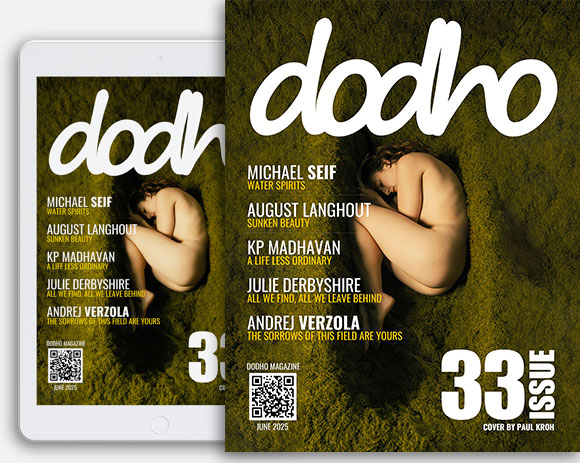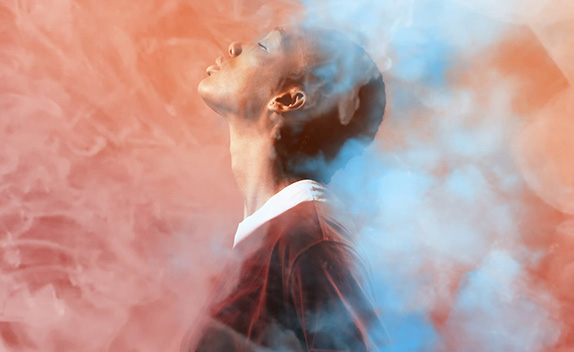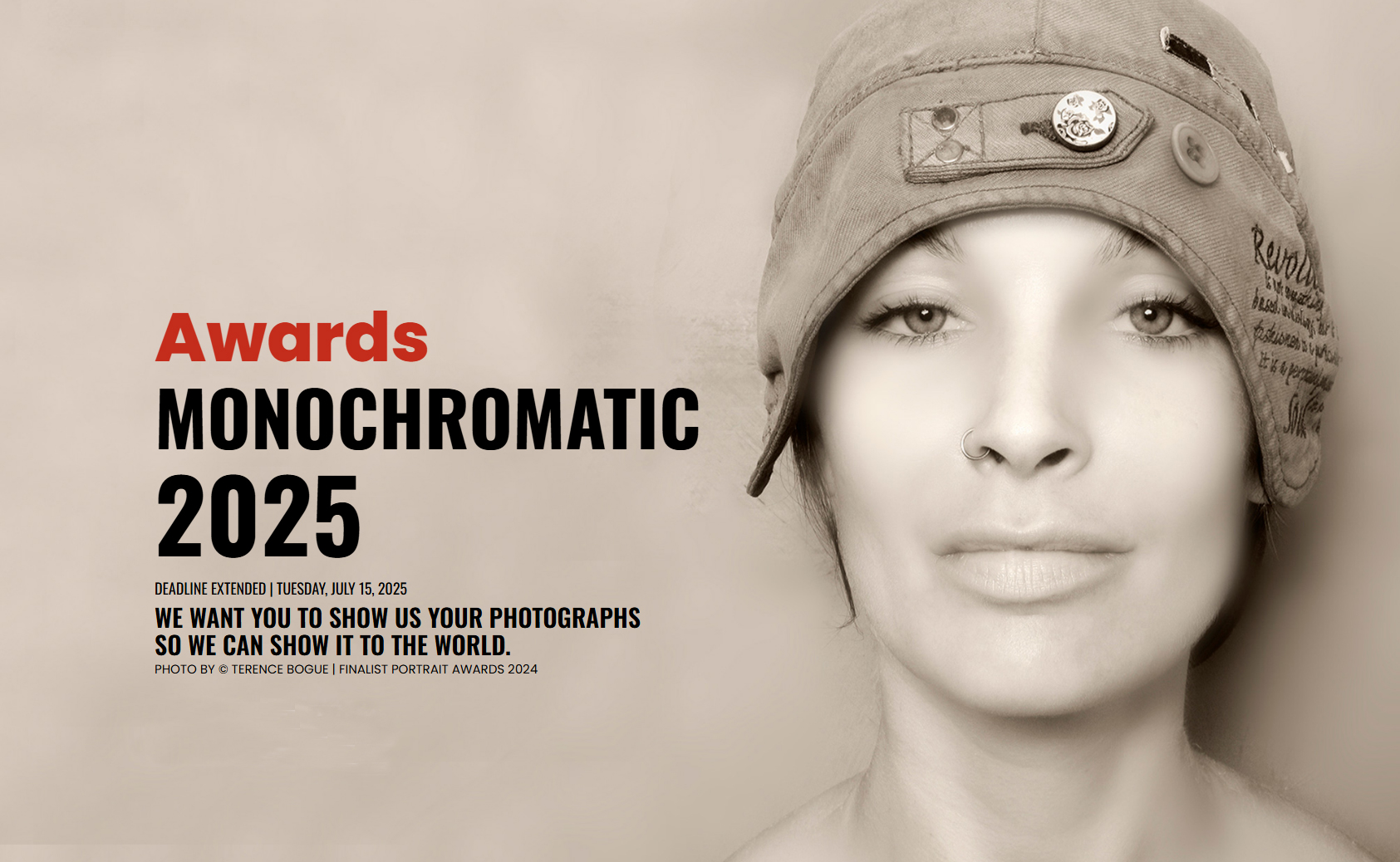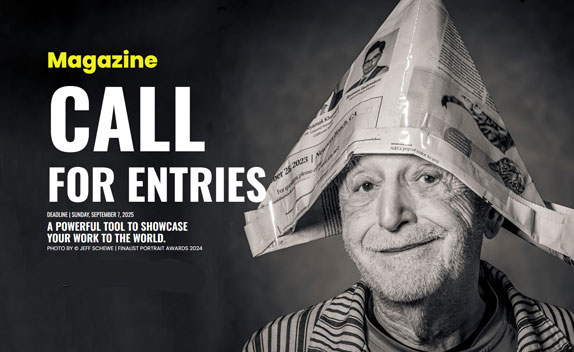Jacques Henri Lartigue was born in Paris in 1894 on the cusp of an era that worshipped speed electricity and the promise of flight.
While other children collected marbles Lartigue collected moments. At seven he persuaded his father to give him a box camera.
Two weeks later he had filled glass plates with images of cousins leaping from garden chairs dogs midair catching sticks and toy cars frozen in dizzy arcs. Looking at those first plates today one senses that the boy already understood the secret of happiness. Stop time just before it becomes memory and you will keep wonder alive forever.
Unlike many future masters he never attended art school or served apprenticeships. Instead his classroom was Beauvais the family estate where uncles conducted informal balloon experiments and governesses tolerated mild chaos in the name of curiosity. The villa’s terraced lawn became a private runway for the make believe airplanes he built from silk and bamboo. Lartigue photographed every stage of construction labeling negatives with meticulous handwriting. The resulting sequence foreshadowed the storyboard methods later adopted by cinema. He was ten.
Paris during the Belle Époque encouraged such play. Automobiles rattled along the Bois de Boulogne startling horses and thrilling the young photographer. Lartigue positioned himself curbside at the first Grand Prix snapping racecars converted to blurs by his modest shutter. Critics later praised his intuition for panning yet at the time he was simply following instinct. If the car moves you move with it to keep friendship with its energy. That sentence appears in his notebook dated nineteen ten and encapsulates his craft. Photography for Lartigue was reciprocal. The subject offers velocity the photographer responds with equal enthusiasm.
This reciprocity became lyrical when he discovered fashion on the Promenade des Anglais in Nice. Tall women strutted wearing hats shaped like dirigibles. Lartigue crouched low so the silhouettes pierced sky instead of blending into crowds. The angle transformed everyday strolls into parades of whimsy. He printed the negatives slightly overexposed giving fabrics a luminous edge against Mediterranean blue. Decades later Vogue editors mined these plates for inspiration calling them the beginning of street style but Lartigue claimed no agenda. He was merely fermenting delight.
The First World War interrupted public play yet Lartigue’s images from nineteen fourteen to nineteen eighteen continue to radiate warmth. Exempted from the front due to weak eyesight he spent afternoons at Issy les Moulineaux photographing experimental fighter planes. Propellers blur into transparent halos wings cast striped shadows on grass and pilots grin like children wearing too large uniforms. Instead of glorifying machinery Lartigue humanized it. He framed laughter more often than weaponry reminding viewers that even in wartime the appetite for amazement survives.
His adulthood maintained this appetite. Marriage to Bibi de Saint Sauveur took him to the Basque coast where surf culture was emerging. Lartigue lay belly down on sand capturing the exact second a wave’s lip met a surfboard. Every droplet looks suspended by fairy string. He tried photographing sunsets but abandoned the effort convinced that slow grandeur dulled his reflexes. Quickness suited him and quickness resided in life’s small explosions: a skirt caught by breeze a dog skidding on wet deck a tennis ball one inch from racquet.
Though he shot thousands of plates Lartigue kept his archive private. Friends saw albums at dinner parties yet publishers showed little interest. The art world chased modernist manifestos while Lartigue offered sincerity. He earned income illustrating society columns crafting caricatures for magazines even dabbling in cinematography alongside Abel Gance. None of these pursuits dimmed his passion for spontaneous stills. He documented new loves new cars and new suns rising across Côte d’Azur balconies.
Photography is something you learn to love very quickly. I know that many, many things are going to ask me to have their pictures taken and I will take them all.
Jacques-Henri Lartigue
Visibility arrived abruptly in nineteen sixty three when curator John Szarkowski mounted a modest exhibition at the Museum of Modern Art. Lartigue was nearly seventy and assumed the invitation a misprint. In New York visitors confronted photographs bursting with youth. Critics hailed them as fresh proof that joy possesses artistic heft. Collector Richard Avedon purchased prints on the spot calling Lartigue the lyric poet of the camera. Overnight the shy Parisian became an international reference. Interviews requested recipes for innocence. Lartigue answered with anecdotes rather than theory. Keep your shutter ready and your heart loose he advised.
The newfound fame did not alter his routines. Each morning he loaded a lightweight camera usually a Leica M3 by then and wandered from apartment to boulevard looking for airborne moments. At eighty he still knelt to photograph puddle reflections though his knees protested. He told assistants that reflections were auditions for dreams. In one celebrated image a pair of lovers cross a wet street their shapes elongated by water to form an abstract X of affection. The shot exemplifies how Lartigue merged geometry with feeling without premeditation.
Color photography tempted him late. Kodachrome opened a new palette yet he approached it cautiously fearing saturation would overshadow gesture. The solution lay in restraint. His color slides seldom boast primary explosions. Instead they whisper: a robin egg scooter parked beside cream stucco or a parasol stripe matching a passing tram. Color becomes seasoning not meal.
What distinguishes Lartigue from other chroniclers is sustained optimism. He did not ignore hardship. Diaries mention tax woes stalled projects the passing of friends. Still the images resist cynicism. Lartigue himself attributed this to his childhood vow to protect wonder. He nurtured the vow through rituals. Each January first he photographed something he had never seen before. One year it was frost on a spider web another year the shadow of a helicopter skimming the Seine. These inaugural frames set tone for months of exploration.
Scholars debate whether Lartigue’s privilege insulated him from darker realities. He indeed inhabited comfortable circles yet proximity to ease does not guarantee joyful perception. Many wealthy contemporaries produced stiff studio portraits. Lartigue ventured outside formalities risking imperfect exposure to capture kinetic truth. His peppering of blur grain and crooked horizon lines testifies to creative courage.
Another facet of his autonomy lies in sequencing. Personal albums reveal deliberate curation long before museum recognition. He paired a cousin leaping off a steps with a seaplane taking off beside Cannes aligning human and mechanical flight. He placed a laughing child opposite a bouncing beach ball sharing the arc of joy across frames. This private storytelling prepared viewers for the coherence noticed in MoMA’s layout even though curators merely echoed his own narrative sense.
During his final decade Lartigue donated negative archives to the French state under condition they remain accessible to younger artists. He enjoyed witnessing students flip through contact sheets at the Médiathèque de l’Architecture et du Patrimoine. Some sought lessons on shutter speed. He nudged them toward curiosity instead. Ask what surprises you and technical choices will follow he said. On his ninety third birthday he photographed an orange cat stretching on a sunlit sill. The exposure is slightly off yet the stretch feels eternal. That was his last frame.
I take photographs with love, so I try to make them art objects. But I make them for myself first and foremost–that is important. If they are art objects at the same time, that’s fine with me.”
Jacques-Henri Lartigue
He died in 1986 the year after being appointed Officier de la Légion d’honneur. Newspapers celebrated him as the eternal child of French photography a phrase he found amusing. Childhood he wrote is not an age but a posture. Maintain it and the world feeds you revelations like breadcrumbs.
Today social media teems with pictures echoing his impulse to freeze carefree leaps yet many forget the context of attentiveness that made his frames enduring. Lartigue never chased viral novelty. He practiced sustained play a discipline of joy. His oeuvre invites practitioners to hunt delight not consumption to preserve spontaneity without staging. The beauty and joy he captured remain instructive antidotes to visual fatigue.
In exhibitions visitors often stop before the photograph of Renée Perle poised on a beach her hand cutting through wind as scarf trails behind. The image glows with weightless confidence. It continues to travel across decades whispering the Lartigue method. Love motion revere light trust the split second. When the shutter clicks you borrow eternity for one graceful instant and hold it gently so others may share the breathlessness.






